Tagetes spp.
AsteraceaeConsiderada como fragancia de culto por algunas culturas y como planta vinculada a la limpieza espiritual por algunas creencias, es consumida en determinados rituales, como la celebración del Día de Muertos en México, donde se la conoce como Cempasúchil. También es usada como símbolo del amanecer. Leonhart Fuchs, uno de los padres de la botánica alemana, diferenciaba en su tratado De historia stirpium (1542), varios géneros de flores, todos ellos euroasiáticos con la excepción de “la planta que da las elegantísimas flores llamadas claveles indios”, en alemán Indianische negelen -que en realidad era la Tagetes Patula L.-, la llamada por la nomenclatura botánica Tagetes Indica. Bock, otro botánico alemán, dice de los claveles índicos, con mejor información que la de Fuchs, que eran desconocidos en Alemania hasta el reinado de Carlos I; precisamente su relación con la fecha de la conquista de Túnez (1535), en torno a la cual le llegaron al emperador desde México ejemplares de Tagetes, condujo a la confusión de que era una planta africana. La terminología y las ideas erróneas acerca de la procedencia de las primeras especies americanas aclimatadas en Centroeuropa se difundieron ampliamente entre lectores extraacadémicos durante mucho tiempo. La victoriosa campaña de Carlos I en Túnez contra los turcos, se encuentra por lo demás representada en una de las más espectaculares series de tapices del Real Alcázar.
Procedencia
AmericanoCalendario
Hábitat
Morfología
 Planta
Planta
 Extendida
Extendida
 Pinnada
Pinnada
 Lanceolada
Lanceolada
 Alterna
Alterna
 Dentado
Dentado
 Serrado
Serrado
 Cuneada
Cuneada
 Agudo
Agudo
 Perenne
Perenne
